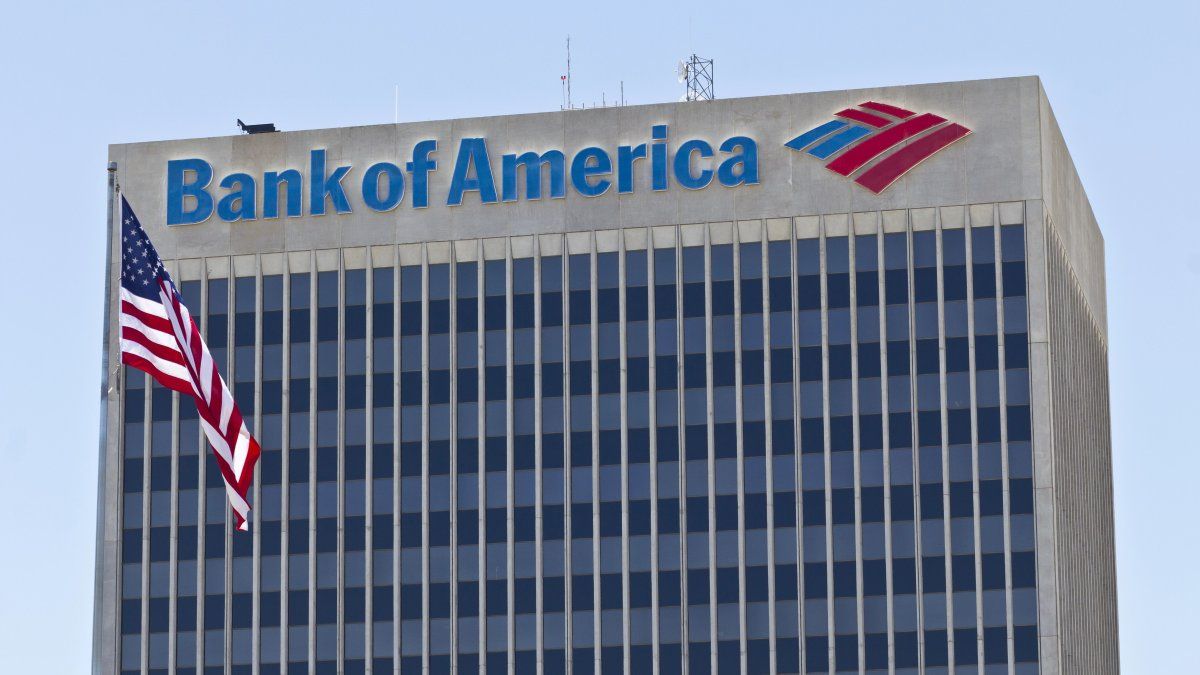Despite exchange volatility and tensions in global markets, Bank of America (Bofa) He reaffirmed his optimistic vision of the Argentine economy and recommended to exceed local actions. In its latest report on Latin America, the entity highlighted the potential of the sectors Banking and energyin addition to praising the government -promoted deregulation policies.
The report arrives in a context of financial uncertainty, with a blue -rising dollar and an expectant market before the new agreement with the International Monetary Fund (IMF). Despite these factors, Bofa analysts argue that Argentina has recovery and growth prospectswhich positions it as an attractive alternative for investors.
Optimism in the midst of exchange instability
The Bofa report was published at a time when the Argentine economy is going through a set of settings. In the first quarter of 2025, local actions experienced an average fall in the 10%reflecting the uncertainty of the markets regarding the exchange and monetary policy of the government.
However, Bofa analysts put this phenomenon in perspective and ensure that Argentina is still a medium and long term bet. “While so far this year is a bit delayed, we still have a constructive look,” says the document. The bank indicates that, after 2024 with positive returns for local assets, the correction of 2025 responds to short -term factors and not to a structural deterioration.
In addition, the Bofa highlights that Argentina continues to show better macroeconomic indicators of the expectedwith low inflation, improvements in economic activity and advances in regulatory matters. In this sense, the changes promoted by the Minister of Deregulation and Transformation of the State, Federico Sturzeneggerthey are considered key to releasing the country’s potential in multiple sectors.
Sectors with potential: banks and energy
Within its analysis of Latin America, the Bofa underlines that Argentina has two strategic sectors with Great growth projection: The banking and the energy. In this sense, its recommended investment portfolio for the region maintains shares of two local companies:
- Galicia Financial Group: The leading banking entity in Argentina, which could benefit from an environment of more stable rates and a greater credit demand as the economy recovers.
- Pampa Energy: One of the main companies in the energy sector, with investments in generation, transport and distribution of electricity, in addition to participation in the gas sector.
Bofa’s support for these sectors responds to the expectation that Economic reforms and macroeconomic stability promote the profitability of Argentine companies In the medium term.
However, Argentina’s participation within the Regional investment portfolio of the Bofa remains limited. While Brazil and Mexico dominate with 65.5% and 25.5% respectively, Argentina occupies third place with a modest 6%. This data reflects that, although the bank’s vision is optimistic, the risks still weigh on the country.
Risks and short -term challenges
While the Bofa report recognizes Argentina’s potential, it also warns about Four key risks that could affect their performance in the short term:
1. Political uncertainty
The main challenge facing the government of Javier Milei It is the Internal political scenario. The lack of majority in Congress and the resistance of opposition sectors have complicated the approval of structural reforms. To this is added the expectation of the 2025 legislative electionsthat could define the margin of maneuver of the ruling party to advance with its economic agenda.
2. Persistent inflation
Although inflation has slowed down, It is still one of the most serious problems in the economy. In February, the CPI registered an increase in 2.4%which annualized would give 32.4%. Despite this deceleration with respect to the 2023 peaks, Argentina still has one of the highest inflation rates in the world. According to the last Market expectations report (REM) of the Central Bankthe 2025 closing index is expected in 23.3%.
3. Exchange rate weakness
The Bofa also mentions the volatility of the exchange market as a risk factor. In the last week, the Blue dollar reached its highest value in six months, reaching $ 1,295before going back after the official intervention. Uncertainty regarding the future of the exchange rate generates concern among investors and limits the predictability of the economy.
4. Capital controls and validity of the stocks
The last point indicated in the report is the permanence of the exchange controls. Although Milei has expressed his intention to lift the stocks, the BCRA continues to restrict access to dollarswhich affects the confidence of foreign investors. The Bofa report warns that a gradual liberalization of the exchange market could be key to attract capital and boost the economy.
Source: Ambito
I am a 24-year-old writer and journalist who has been working in the news industry for the past two years. I write primarily about market news, so if you’re looking for insights into what’s going on in the stock market or economic indicators, you’ve come to the right place. I also dabble in writing articles on lifestyle trends and pop culture news.




